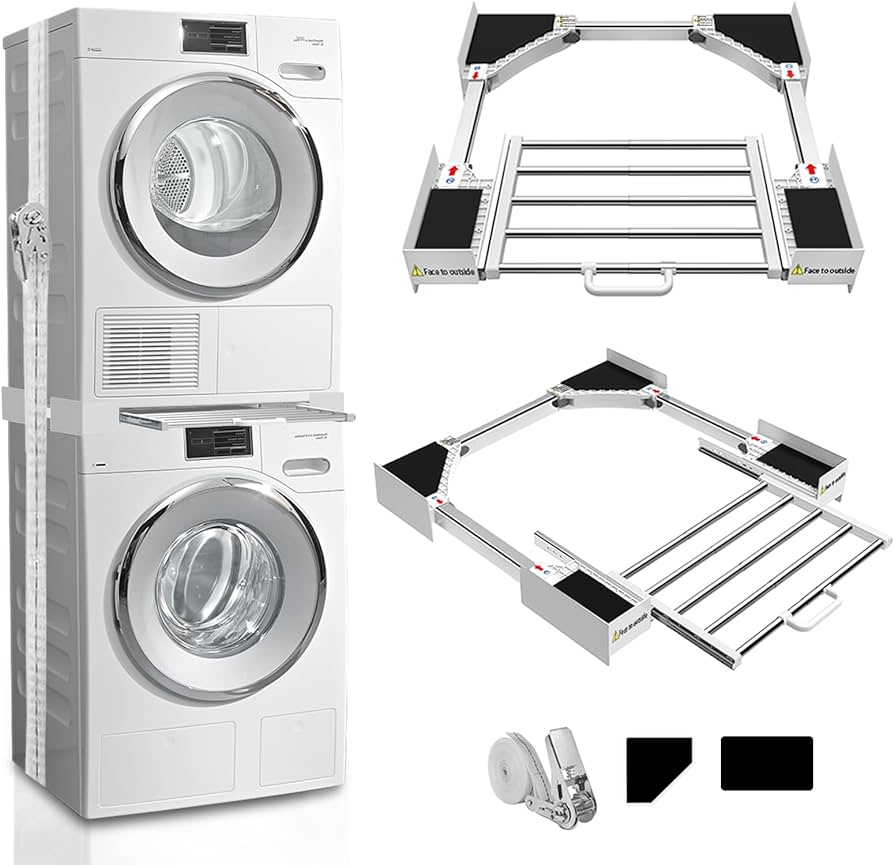Introduction: The Importance of Removing Lint Buildup
Cleaning lint out of your dryer is an essential maintenance task that should be performed regularly to ensure the efficient and safe operation of your machine. Lint, comprised of tiny fibers that shed from clothing during drying, can accumulate over time and create a fire hazard or hinder the dryer’s performance. This article provides a step-by-step guide on how to effectively clean lint out of your dryer, promoting its longevity and efficiency while ensuring safety.
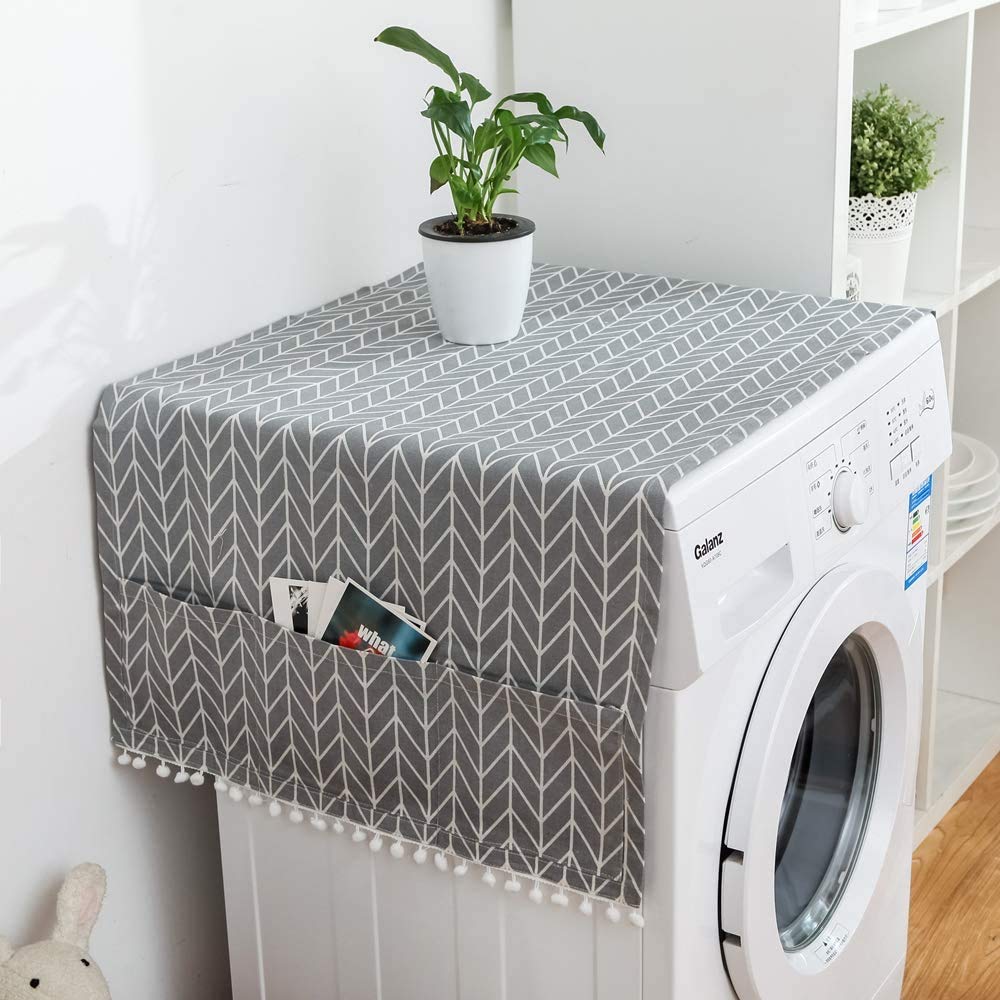
Maintaining Efficiency: Cleaning Lint Out of Your Dryer
-
Gather the Necessary Tools and Materials
Before delving into the process of cleaning lint from your dryer, gather the necessary tools and materials for this task. You will need:
- A vacuum cleaner with a narrow nozzle attachment
- A screwdriver (if necessary to access the lint trap)
- A lint brush or a long, flexible dryer vent brush
- A clean cloth or a microfiber cloth
- Mild dish soap
- Warm water
Having these items at hand will streamline the cleaning process and maximize its effectiveness.
-
Unplug the Dryer for Safety
Before starting any maintenance tasks, always unplug the dryer from the electrical outlet to ensure your safety. This precaution will prevent any accidental startup while you are cleaning and minimize the risk of electric shock.

-
Remove Lint from the Lint Trap
The lint trap is the primary area where lint accumulates and should be cleaned after every drying cycle. To do this, locate the lint trap, usually in or near the dryer door or on the top of the machine. Pull out the lint screen or trap, removing any visible lint by hand. For stubborn buildup, use a lint brush or the crevice attachment of your vacuum cleaner to gently loosen and remove the lint from the screen. Ensure that no lint remains on the lint trap before reinserting it back into the dryer.
-
Clean the Lint Trap Cavity
Lint can also accumulate in the cavity where the lint trap sits. To clean this area, use the narrow nozzle attachment of your vacuum cleaner to suction any visible lint or debris. Insert the attachment into the lint trap cavity and move it around to capture as much lint as possible. Pay attention to the edges and corners where lint may accumulate.
-
Ventilation System Inspection and Cleaning
The dryer’s ventilation system, including the venting hose or duct, can become clogged with lint over time. Perform a visual inspection of the venting system to ensure there are no clogs or obstructions. If you notice a significant buildup of lint or suspect a clog, it is essential to clean the ventilation system thoroughly. Here’s how:
a. Disconnect the Dryer from the Venting System: Locate the connection point between the dryer and the venting system (usually at the back of the machine) and disconnect it. Depending on the type of venting system, you may need to loosen clamps or remove screws to disconnect the hose or duct.
b. Vacuum the Venting System: Use the long, flexible dryer vent brush or the narrow nozzle attachment of your vacuum cleaner to clean the venting system. Insert the brush or attachment into the vent and carefully push it through, working section by section. Move the brush or vacuum attachment in a circular motion to dislodge and suction any lint or debris. Continue this process until you’ve thoroughly cleaned the entire length of the venting system.
c. Check for Blockages: After cleaning, inspect the venting system for any remaining blockages or lint buildup. You can use a flashlight to examine the venting system and ensure it is clear of any obstructions. If you encounter any stubborn obstructions, consider contacting a professional dryer vent cleaning service for assistance.
d. Reconnect the Dryer to the Venting System: Once the venting system is clean and free from obstructions, reattach the venting hose or duct securely to the dryer. Ensure that clamps or screws are tightened to create a proper seal between the dryer and the venting system.
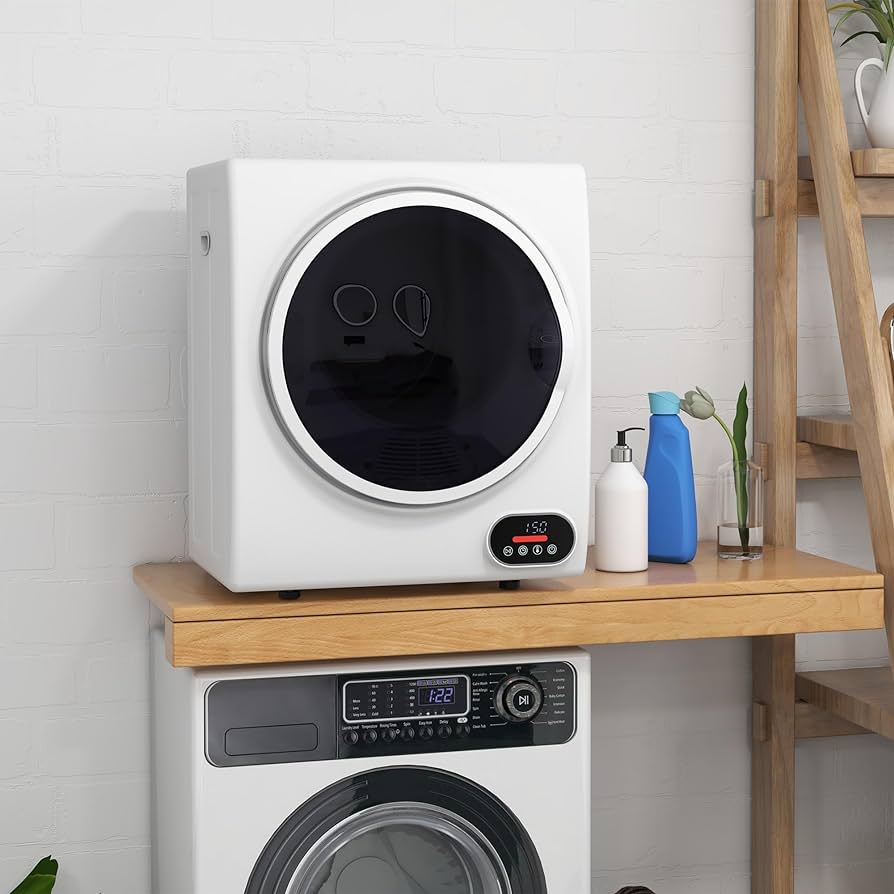
-
Examine the Dryer’s Exterior and Drum
While cleaning the lint trap and venting system is crucial, it is also important to pay attention to the dryer’s exterior and drum. Check for any visible lint or debris on the exterior surfaces of the machine, including around the door, control panel, and corners. Wipe these areas with a clean cloth or microfiber cloth moistened with warm water and mild dish soap to remove any buildup. Be cautious not to use excessive water or let it drip into the machine.
Inspect the drum for any lint accumulation as well. If you see lint on the drum’s surface, gently wipe it away with a damp cloth. It is recommended to perform this cleaning step regularly to prevent lint from transferring onto your clothes during subsequent drying cycles.
-
Maintain Regular Cleaning and Maintenance
To maintain the efficiency of your dryer and reduce the risk of lint buildup, incorporate regular cleaning and maintenance into your routine. Here are some helpful tips:
- Clean the lint trap after every drying cycle.
- Perform a thorough cleaning of the ventilation system annually or more frequently if necessary.
- Inspect the exterior surfaces and drum regularly for any lint accumulation.
- Consider using dryer balls or dryer sheets specifically designed to reduce lint and static cling.
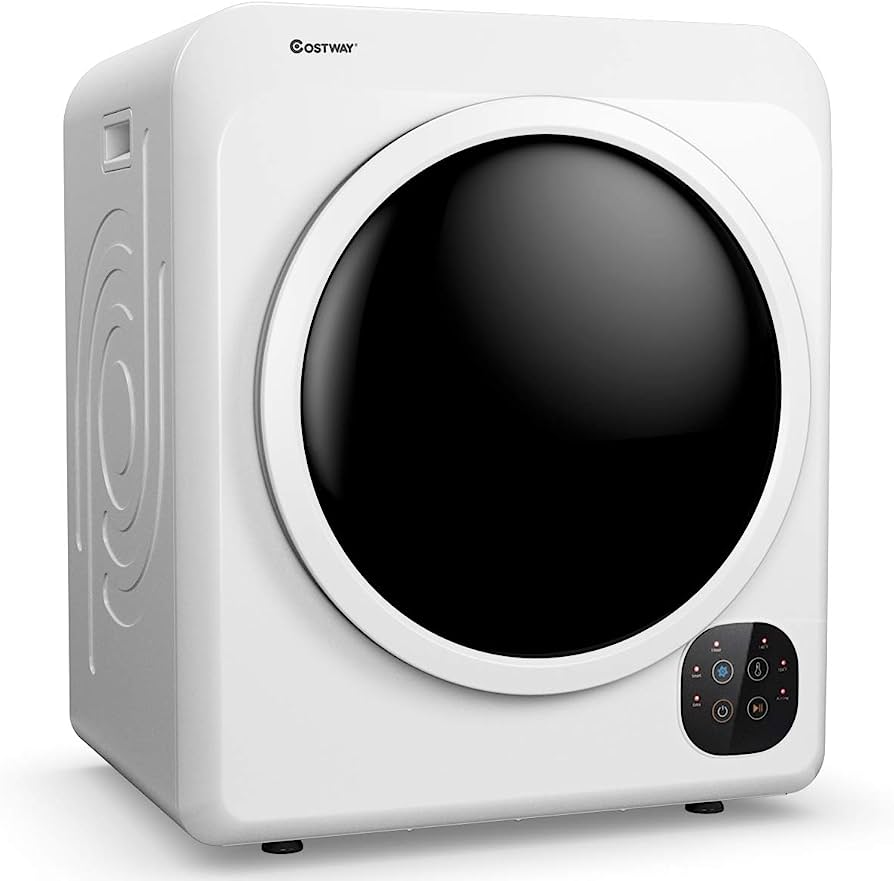
-
Additional Tips for Dryer Maintenance
In addition to cleaning lint out of your dryer, there are a few more maintenance steps you can take to keep your machine running smoothly:
a. Check and clean the exhaust vent: The exhaust vent that leads outside your home can also accumulate lint. Periodically inspect this vent and remove any visible lint or debris. Ensure that the vent flaps open and close properly and are not blocked by obstructions.
b. Avoid overloading the dryer: Overloading the dryer can contribute to increased lint buildup. It restricts airflow and prevents the proper expulsion of lint through the ventilation system. Optimal drying performance is achieved by leaving enough space for air to circulate freely.
c. Use a fabric softener alternative: Fabric softeners can leave a residue on the lint trap and contribute to lint buildup. Consider using alternatives like dryer balls or adding vinegar to the wash cycle to reduce static and lint.
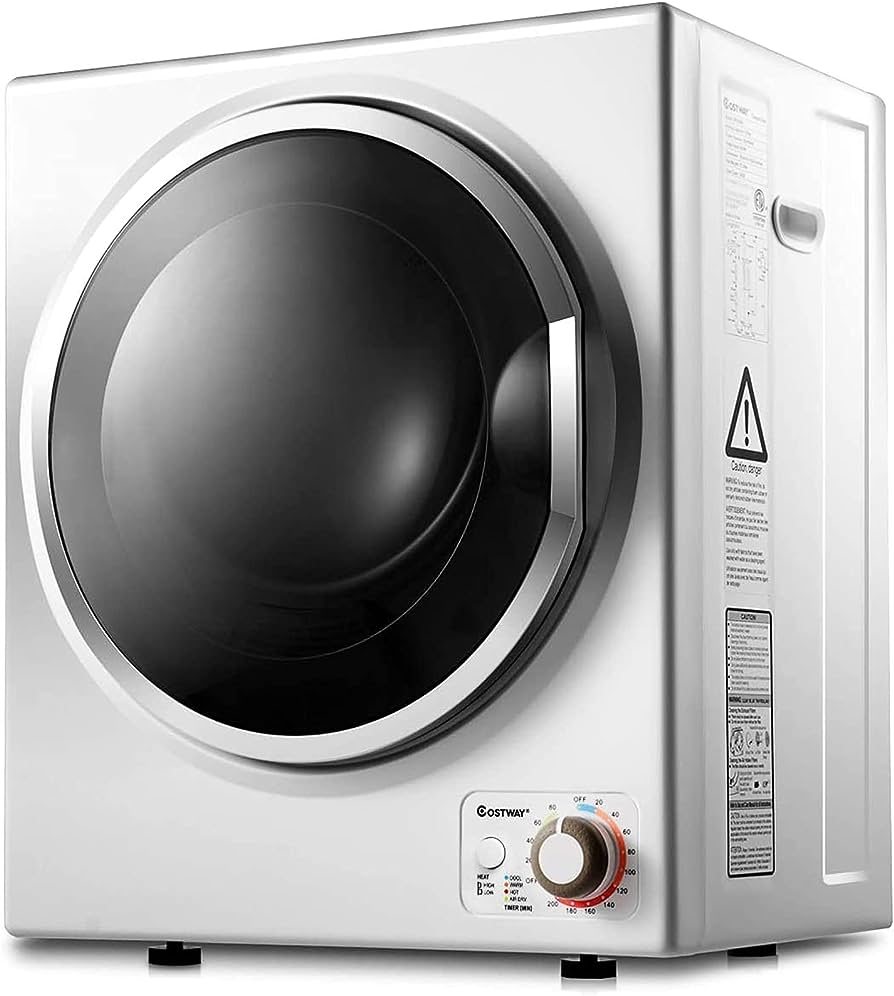
Conclusion: Promoting Efficiency and Safety
Cleaning lint out of your dryer is a fundamental maintenance task that is essential for both efficiency and safety. Regularly removing lint from the lint trap and venting system prevents clogs, promotes optimal airflow, and reduces the risk of fire hazards. By following these step-by-step instructions and incorporating regular cleaning and maintenance into your dryer routine, you can ensure your dryer operates at its best, extends its lifespan, and provides safe and efficient drying for years to come.
